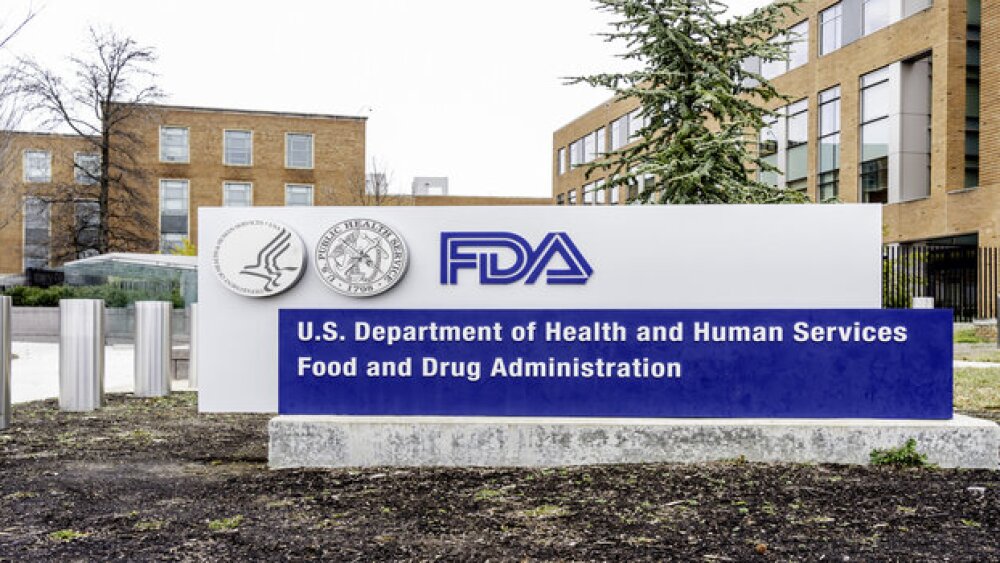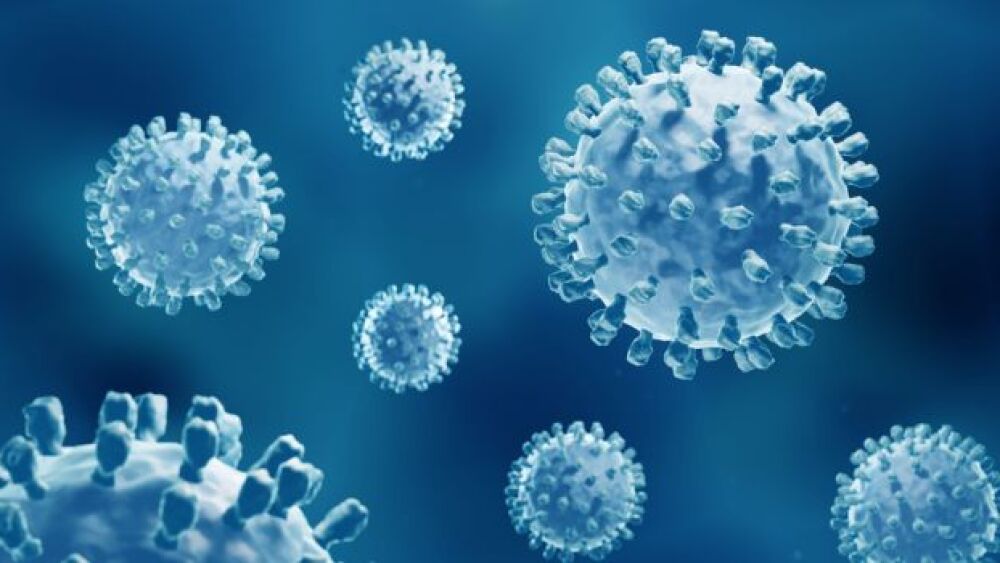When noted biologist David Botstein was lured from Stanford University to head the Lewis-Sigler Institute for Integrative Genomics at Princeton, he had his choice of computing systems. But Botstein says he outfitted the center almost soup to nuts with Apple computers and servers, which are used for everything from desktop applications to comparing lengths of genetic code. By eschewing the more expensive workstations that high-tech biologists have come to rely on, he says he has also cut down on the cost of maintaining his number-crunching machines. Botstein’s not alone. Apple Computer (nasdaq: AAPL - news - people ) and its Macintosh, which has long sat on the desktops of many molecular biologists, are now seeing wider use in genomics, the study of how many genes work together within organisms. High-speed, stackable servers from Apple are even being clustered together into supercomputers. The third-fastest supercomputing cluster in the world, based at Virginia Tech, is composed of the first 1,100 PowerMac G5s to roll off of the assembly line. Says Michael Swenson, an analyst who covers life sciences computing for IDC: “Apple’s starting to make some waves.”




